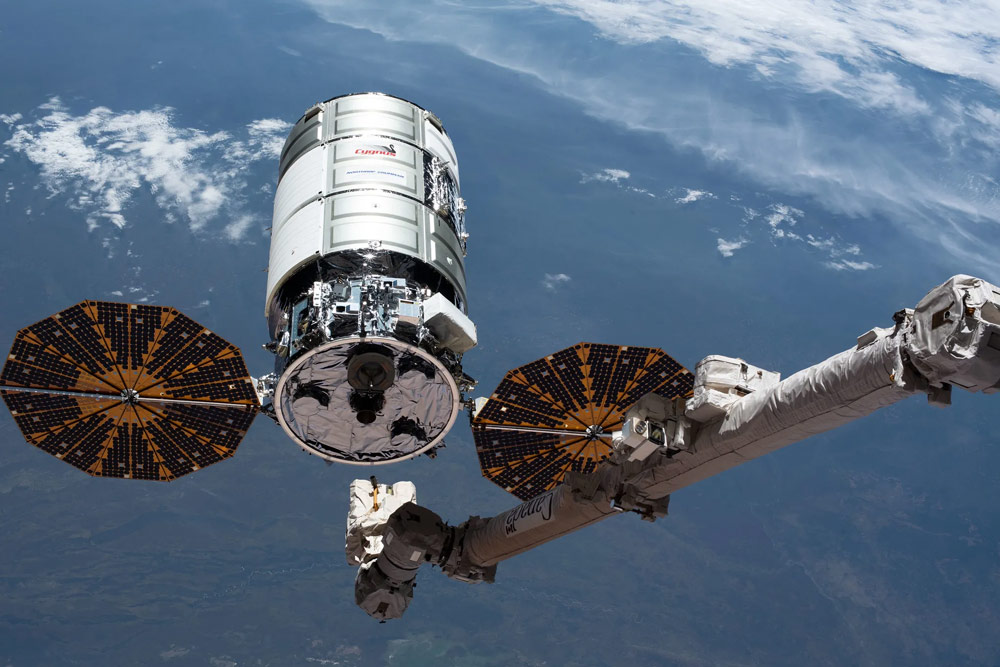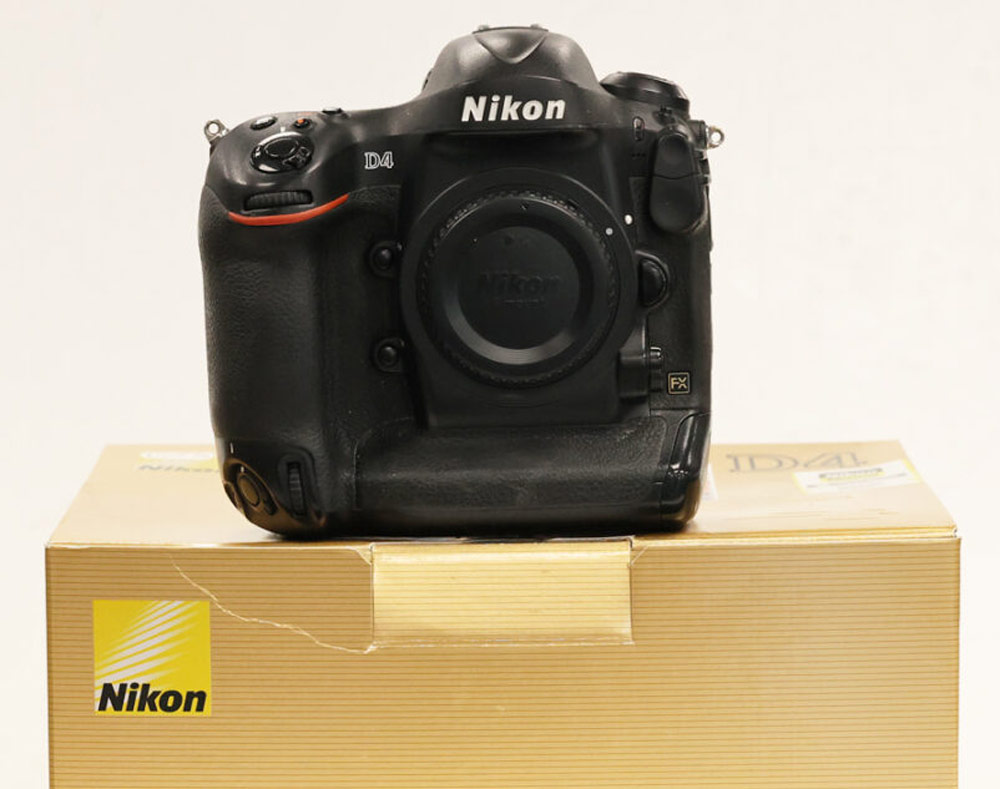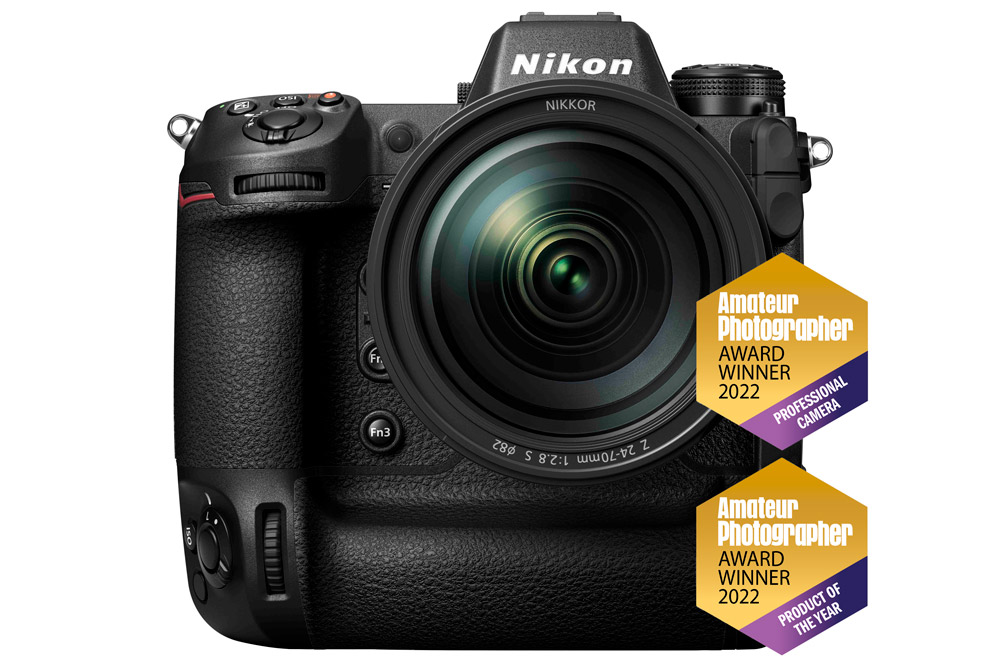Nikon has revealed that the Nikon Z9, one of the best full-frame mirrorless cameras, was launched into orbit on the International Space Station (ISS) in January, helping NASA astronauts to take photographs of the earth.
Multiple Nikon Z9 bodies, along with a selection of Z lenses, including super-telephoto and macro glass, have been sent to the orbiting laboratory via the Cygnus cargo spacecraft. This was carried on the SpaceX Falcon 9 rocket, launched from Space Launch Complex 40 at Cape Canaveral Space Force Station, Florida, on January 30th.

Nikons and space exploration
This is the first Nikon mirrorless camera used by the space station crew, but it’s certainly not the first time that astronauts have used Nikon gear. First to appear on space stations was the Nikon F5 film SLR in 1999, used aboard the orbiting laboratory to help in scientific research, maintenance, and, of course, take photos of the Earth and near space.
In 2008, NASA took delivery of the D2XS DSLR, and in 2013, 38 Nikon D4 DSLRs and 64 Nikkor lenses were delivered to the space station crew.

Deep space Z9
While the Nikon Z9 is physically the same as the camera that received our five-star award, Nikon engineers worked directly with NASA to create custom firmware to deal with the rigours of space travel. This includes expanding noise reduction to faster shutters speeds to account for the constant bombardment of cosmic radiation that the crew and gear are subject to about the space station. The camera is used both inside the space station, but also in the unrelenting vacuum of space in a special “blanket” developed by NASA.

Additional changes have been made to the file-naming sequence, as well as default settings and controls that are optimised for life aboard the orbiting laboratory and when enclosed in the protective covering for exterior missions. Changes have also been made to the in-camera file transfer protocol to simplify the astronaut’s workflow, increase efficiency and reduce power consumption when sending images from space to Earth.
Further reading
Best Nikon mirrorless cameras to buy right now
The best Nikon lenses for F mount
Nikon Z8 firmware update







